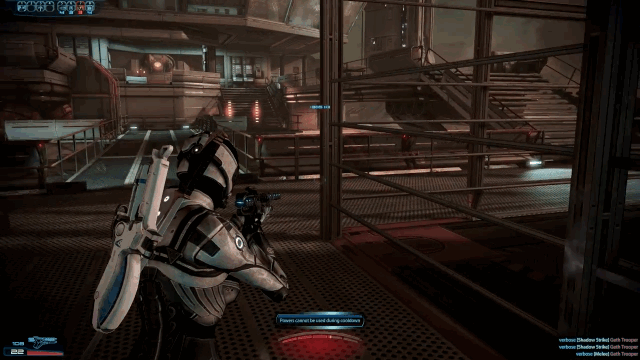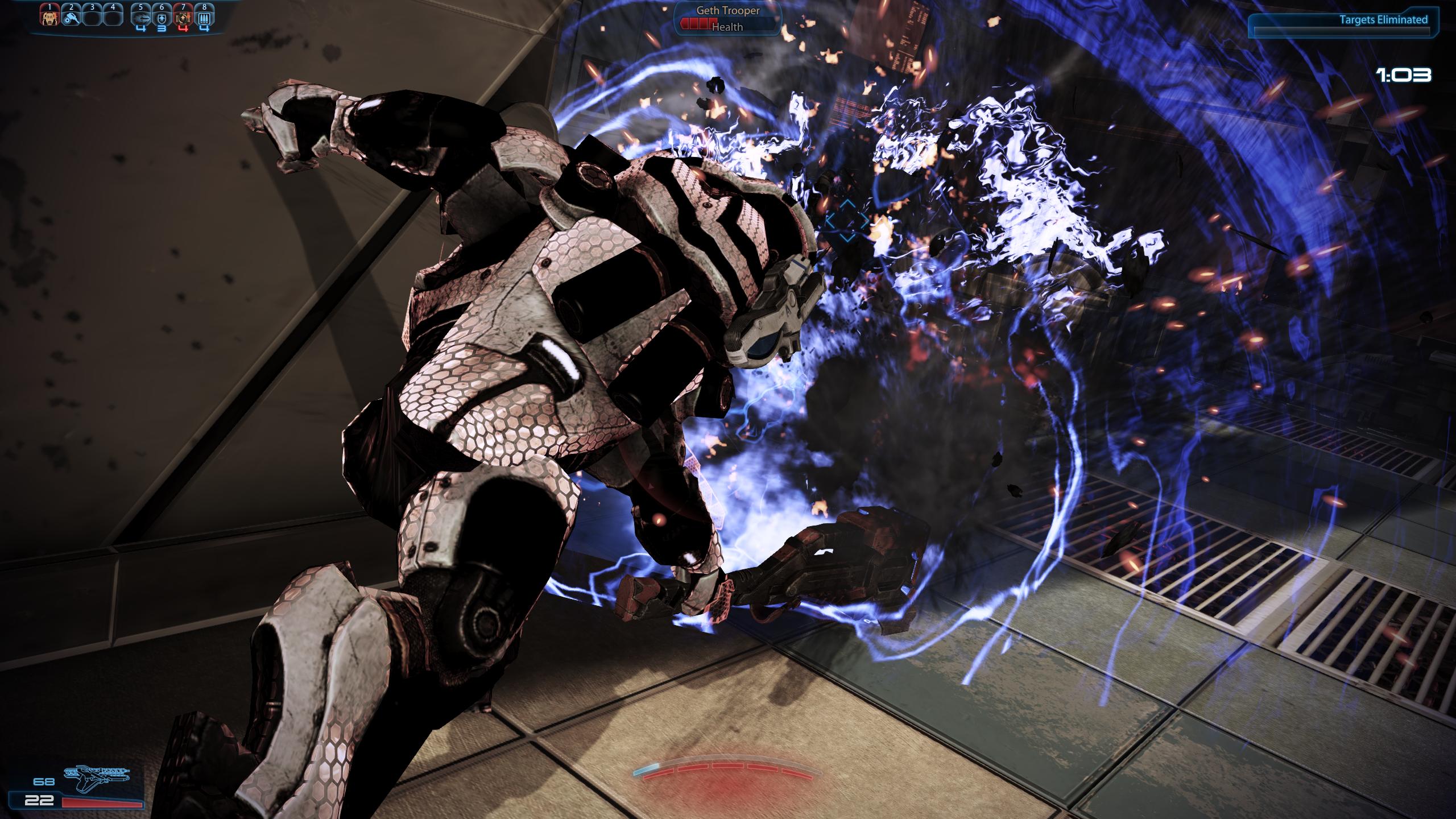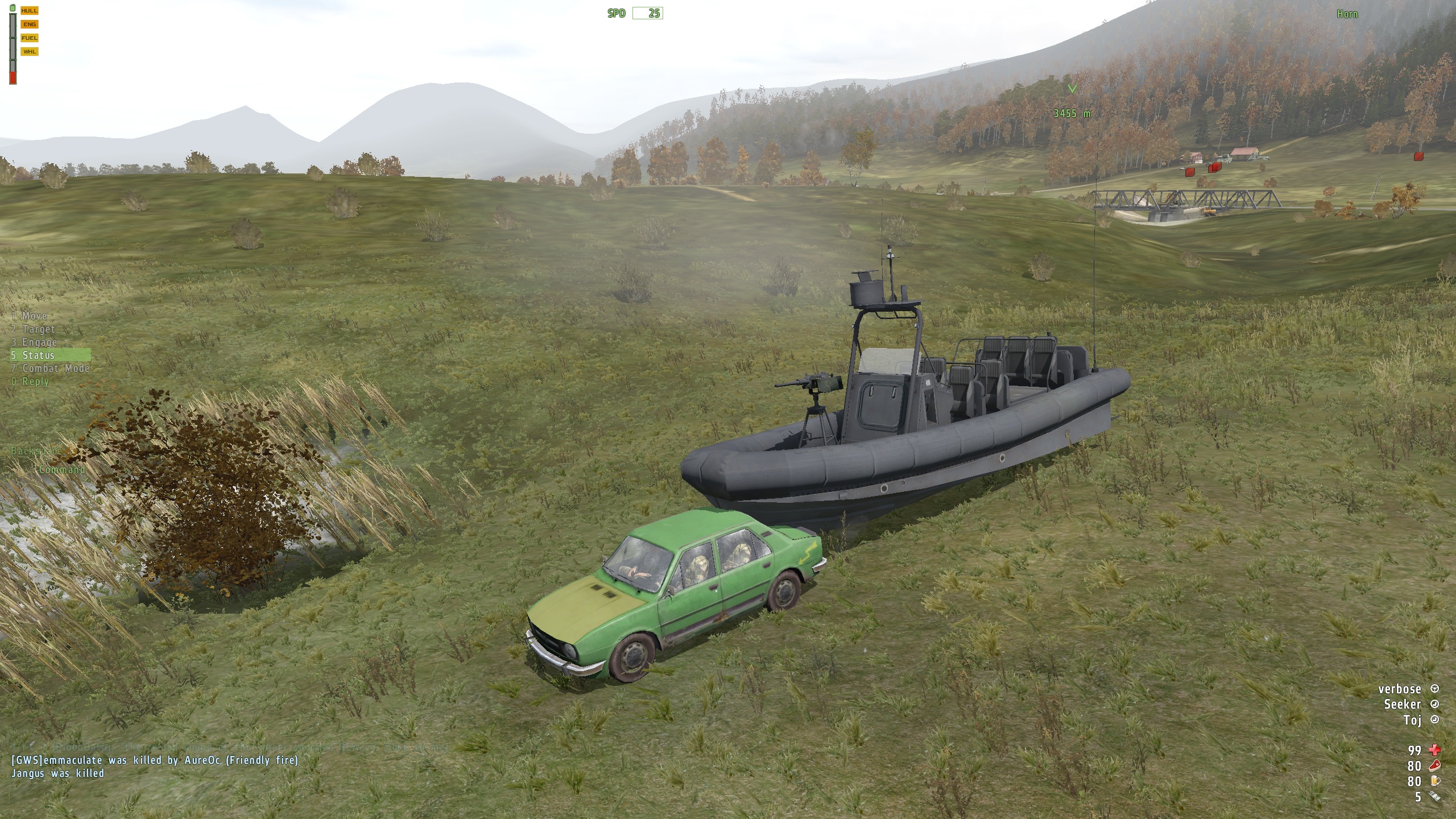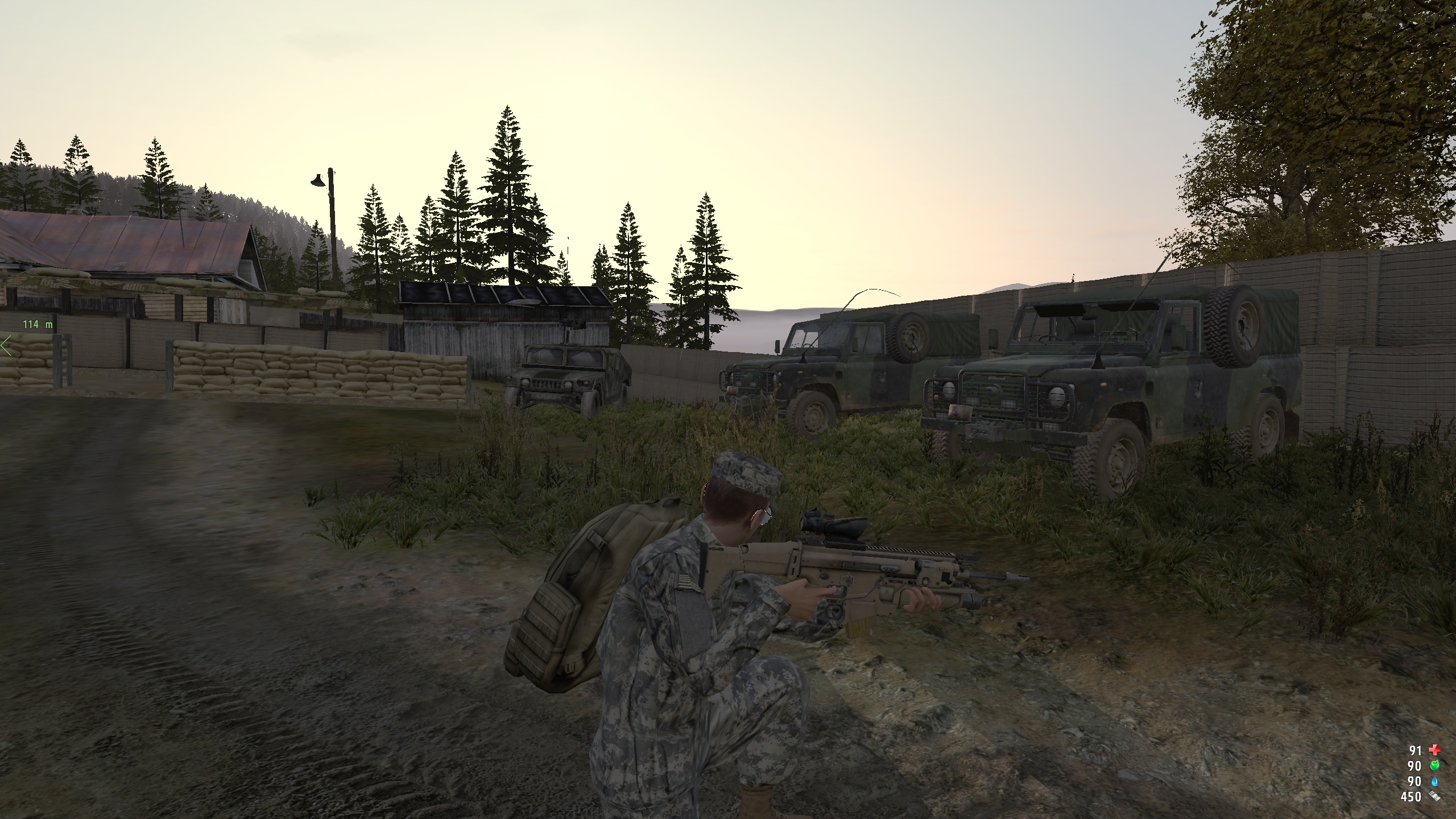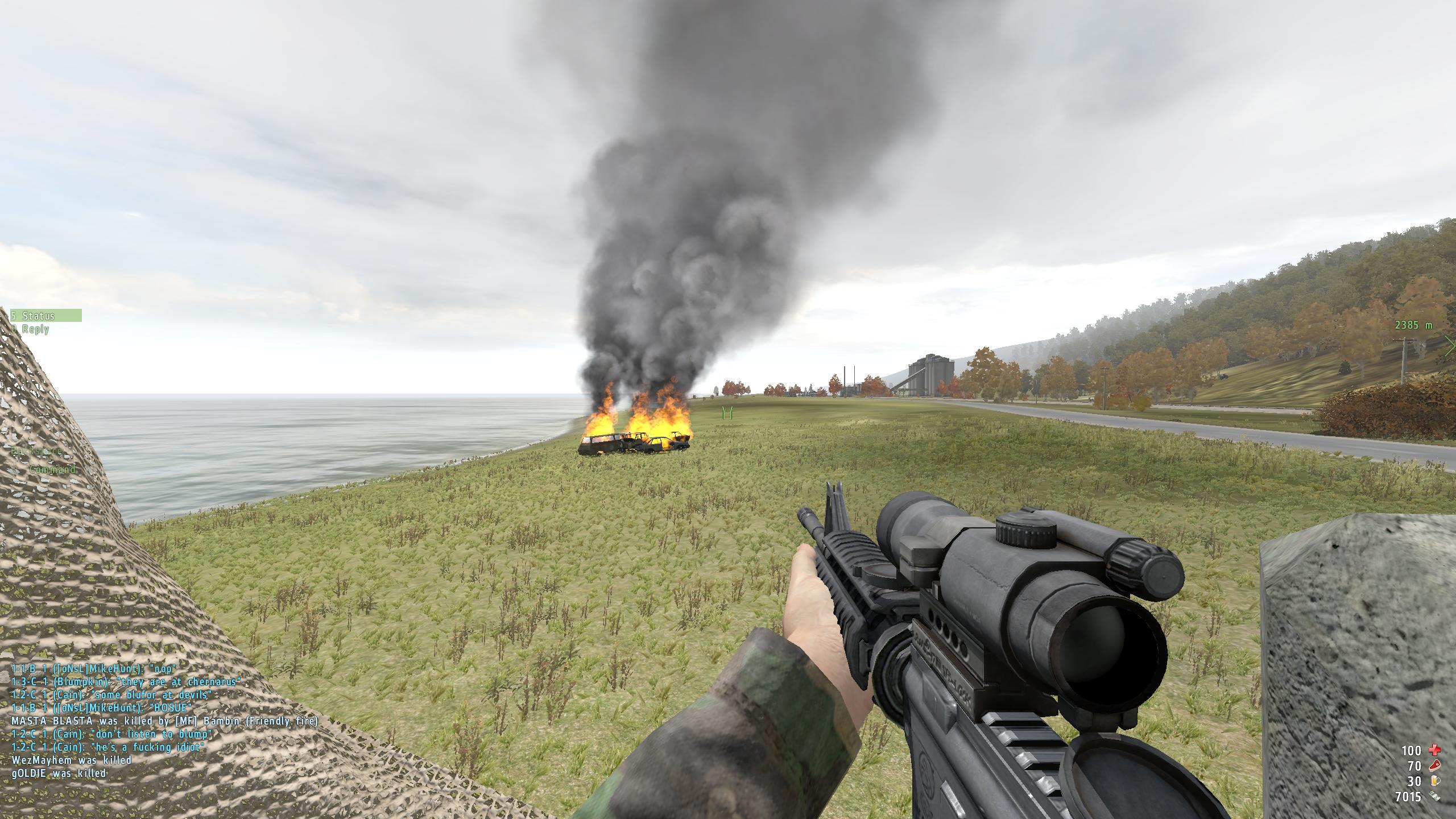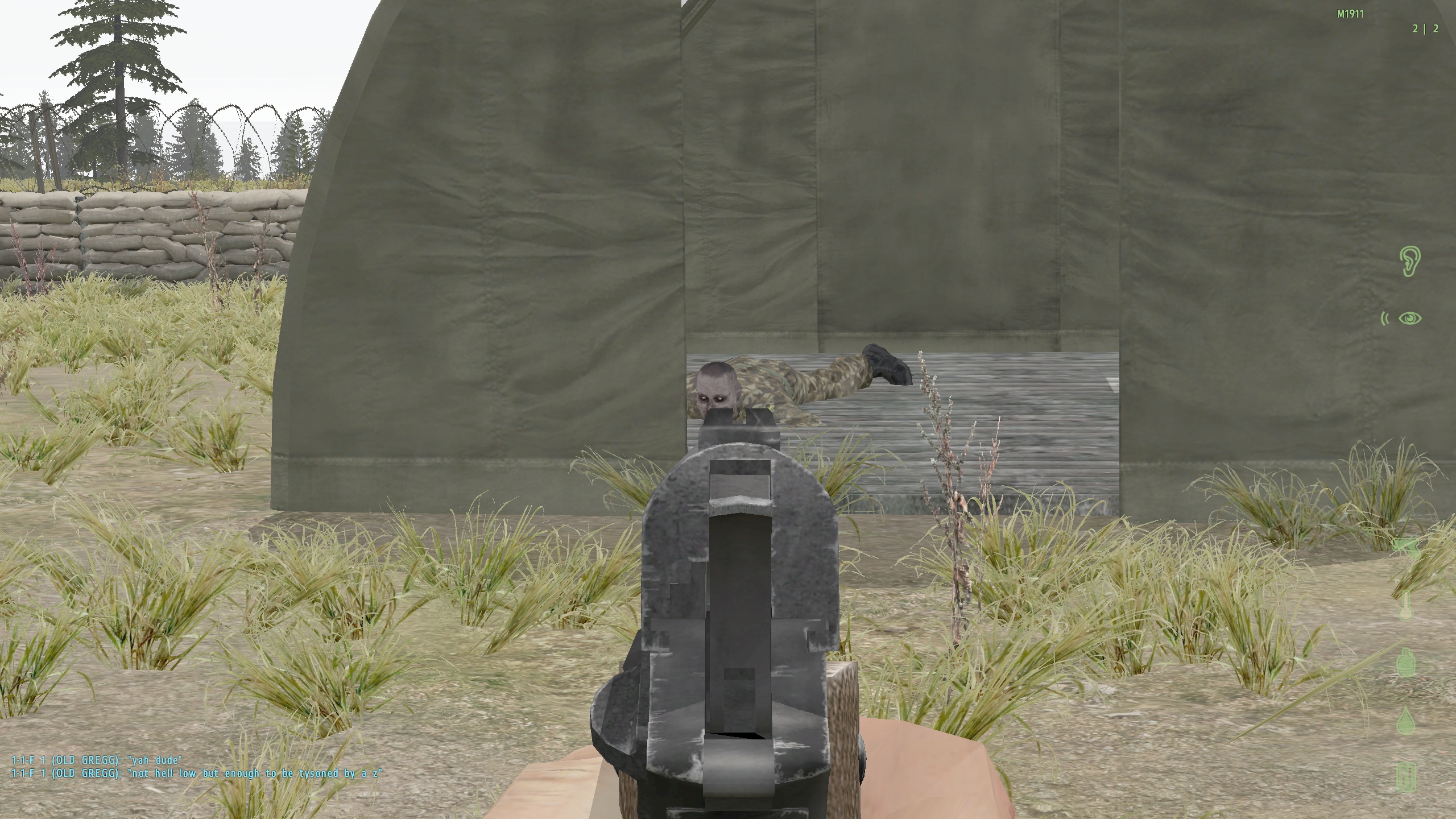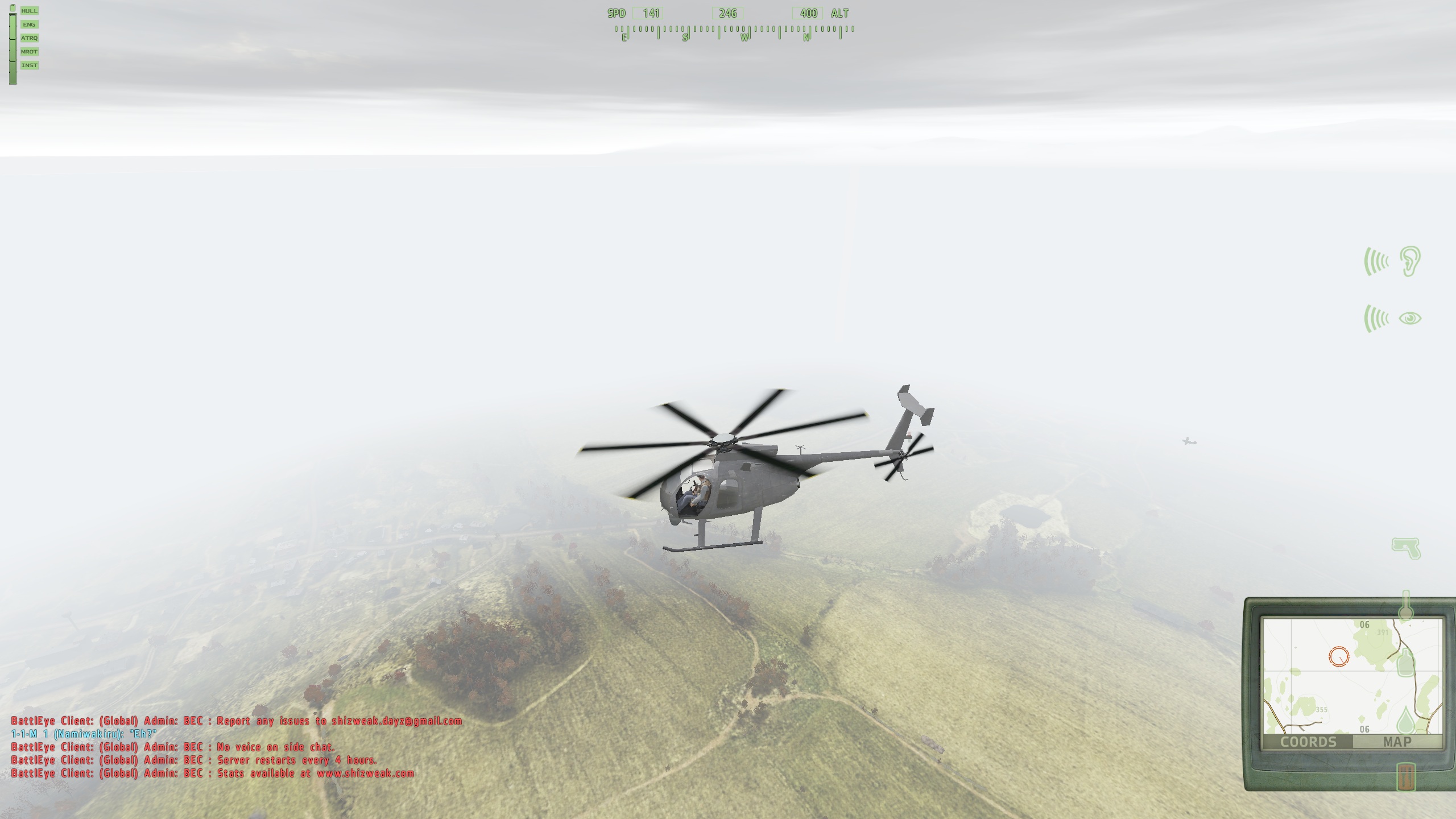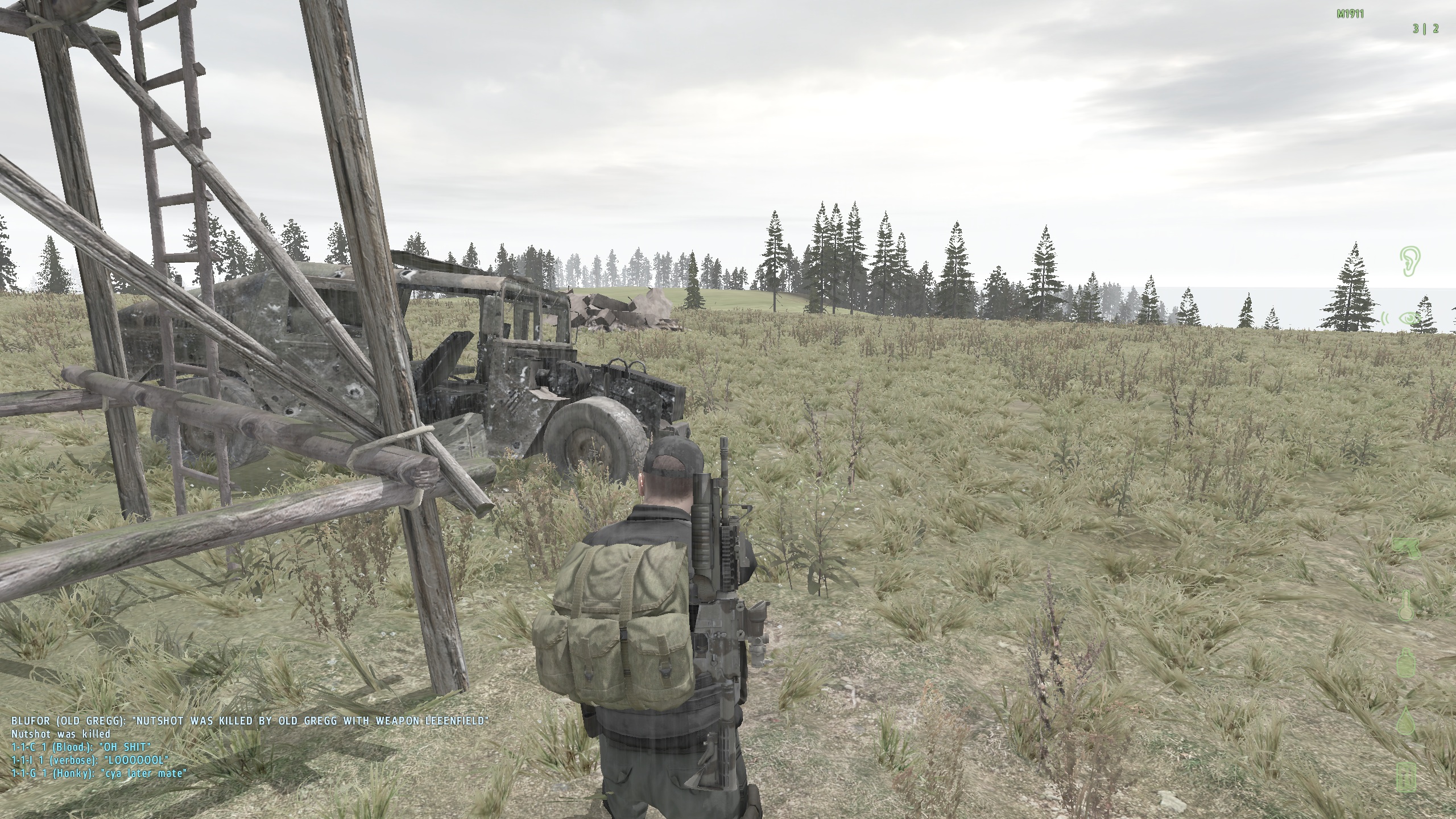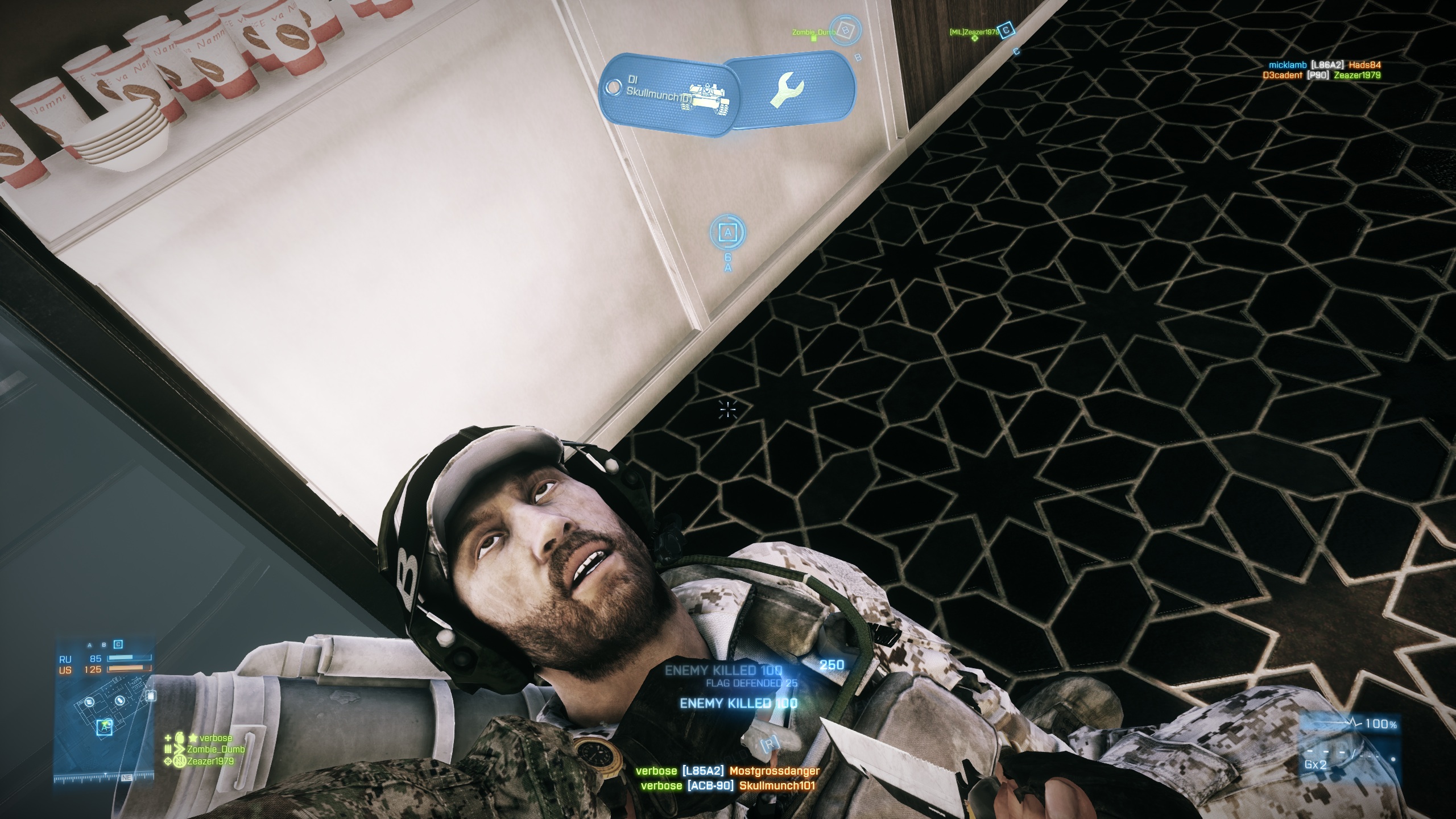Continuing the trend of abandoned games I’m recently just getting back into (see: Battlefield 3, ARMA 2), I’ve been playing Mass Effect 3. I’m now all up to date with all the single player DLC; I’ve re-taken Omega with Aria T’Loak, I’ve investigated Leviathan, and I’ve had a ball in my swanky new apartment on the Citadel (and even invited a few friends over — if you’re a fan of the Mass Effect series and haven’t played through the Citadel DLC, you’re doing yourself a disservice).
But enough about singleplayer and its DLC temptresses. Let’s talk about multiplayer! On the face of it, ME3 multiplayer seems like the worst thing ever, or at least, not the most appealing. It’s four-player, peer-to-peer coop set in a variety of locations from the single player side missions, against a variety of the enemies. It follows a pretty simple formula: choose a location (there’s quite a few so I’ll link you to the appropriate Wikia page), choose an enemy (Geth, Cerberus, Collectors, Reapers), and choose a difficulty (in order of least to most difficult: Bronze, Silver, Gold, Platinum). From there, you form a four-man squad of varying races and classes, all of which have their own unique skill sets (even though their skills will be shared by other characters, no characters have the same set of skills), choose from a massive variety of weapons, and kit out your characters.
There’s actually quite a bit to it. There’s millions of possible equipment and weapon combinations alone, which makes for unique games. You can be playing with four of the same characters, but each of those characters could have different playstyles (and hence carry a different weapon loadout and consumables, etc). Plus, there’s a heap of stuff you can unlock. 62 weapons, each of which has 10 “levels”. 65 characters over 6 classes. I’m not even counting all the weapon mods, character appearance customisations, consumables, or gear. You can see my stats and what I’ve unlocked so far here.
I’ll get to talking strategy in a sec, but first, a few quick tips.
Narida’s Class Builder is an amazing ME3 multiplayer resource where you can choose how to spec your character. It lets you choose everything about your character, including what weapons, how much damage your character does, what different evolutions your powers can take on and how that affects your damage/other stats, and so on. It’s fantastic. When you’re speccing a new character, consult the class builder to get an idea of what powers do what, and how that affects your cooldowns, that sort of thing. The only place where it falls down is giving you a sense of how fast things happen in game: a five second cooldown might not sound like much, but it’s an eternity when you’re trying to reload your Widow sniper rifle and dodging that Geth Hunter that appeared out of nowhere. For everything else, Narida’s Class Builder is your ME3 multiplayer bible.
Now, a lot of the game resides in the characters, and the classes you play. A lot of it depends on your particular play-style — any decently skilled player will be able to pick up an entirely new (level 20) character and do well enough at the bronze and silver levels, but I find gold and platinum require a higher plane of thinking.
As an example, take this particular Krogan Warlord build. The Warlord is a good character for smashing trash mobs on silver and lower difficulties, but like pretty much all melee-based characters, you generally don’t do enough damage to make it worth your time getting close to bosses (Geth Primes, Cerberus Atlases, Collector Praetorians/Scions, Reaper Banshees/Brutes), which means on Gold and higher, you’re generally going to have a bad time if you run in and try and hammer everything. I remember the first time I played the Warlord. I built my Warlord similar to the build linked above, and, thinking I was some kind of god, charged in and attempted to break all the enemies into little pieces with my hammer. That worked pretty well, at least up until the boss characters — the banshees, brutes, scions, praetorians, and atlases — who proceeded to insta-kill me, every single time I got too close. It was during that game that I discovered that even Brutes have their own insta-kill animation. Up until then, I had no idea brutes could even insta-kill you. But now I know, and these days, I tend to keep my distance with my Warlord — at least until I know I can take a boss down with one hammer attack. And that’s really what ME3 multiplayer is all about, working with the skills you have in order to be an effective asset to the team. It’s about knowing your limits, and playing it smart.
One of the first things I do when I unlock a new character is to look up “builds”, which tell me where I should put points into powers. But builds are only half of the story, and they’re almost worthless without knowing the strategy for that build. So many builds don’t have a guide on how to play that particular character/build, so you have to experiment to see what works and what doesn’t — but then, what’s the point of a build in the first place? Isn’t the whole idea of a build where someone else has already done the experimentation for you, and can just tell you what to do to win? Another thing I found really annoying is how builds recommend specific weapons. What happens if you don’t have that weapon unlocked? For this reason, these guides will recommend what weapon I run with, then suggest alternatives if you don’t have it. Which is why I’m going to open my little strategy guides under the proviso that they work for my particular playstyle(s). I have a few different play-styles — some are easy, others require a little more work on your part.
These are less strategies, and more just me telling you what I’ve found to be effective with any given build. In no particular order…
